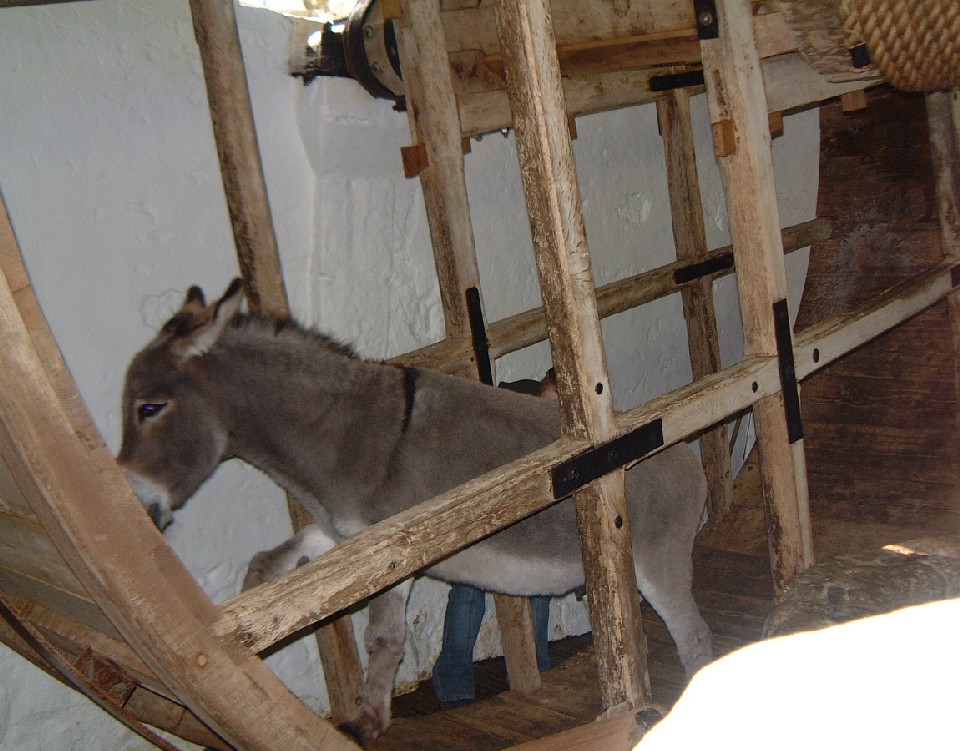V
victorespinoza
Guest

BY: VICTOR ELIAS ESPINOZA GUEDEZ
VALENCIA-VENEZUELA
17 MARCH 2014



er... wait, what? You want to use a propeller to "push" an electric arc (essentially, miniature lightning) around? That... well, if you had a stream of ionized particles or ozone and you directed that stream through the air from contact point to contact point, it could potentially work... but it wouldn't create any real thrust.
Merriam Websters Dictionary said:Electricity - a fundamental form of energy observable in positive and negative forms that occurs naturally (as in lightning) or is produced (as in a generator) and that is expressed in terms of the movement and interaction of electrons
Well, the thing is, electricity is a force, not a thing:
Now, one could argue that a static charge (buildup of electrons) could have weight, due to the excess electrons. However, the mass of an electron is 9.10938291*10^-31 kilograms... so even having millions of electrons, the mass, and thus ability to be used as a form of propulsion would be extremely limited. By compare, Xenons, which are used in current Ion Propulsion Drive tests, have a mass of 2.20*10^-25 kg, which is many factors "heavier" than electrons... and even these drives would only be suitable for the smallest of probes.
But a motor of three thousand (3000) RPM per second, move millions of electrons.
RPM is an acronym for Revolutions Per Minute. So if a shaft is rotating at a constant rotational velocity (constant RPM), then it rotates a specific number of complete revolutions per minute. That's how we measure the rotational motion, we count how many complete revolutions that occur in a specified amount of time (1 minute).
But you can imagine, if you were cranking a shaft at a constant speed, and I added some load (friction) to the other end of the shaft, you would have to work harder to keep the shaft from slowing down. If you didn't work harder to keep the shaft the same RPM then the shaft would slow down continuously until the shaft completely stopped rotating.
Like I said, Victor, in order to do more work you need more workers. If you are the only worker, then you need to work harder. If you are already giving it all you've got, and I add more load, that is the final straw, you have nothing left to give, so the final straw causes you to crumble. You just don't have the power to maintain that amount of work in that amount of time.

What is it that use NIKOLA TESLA to move electrons?
The space craft will have a carrot patch to give the donkey treats.


You never bother to prove if anything you think of works. Shall I do it for you? Who's with me?It is an idea. Has not been proven if it works or not. I think it has weight the electricity.
You never bother to prove if anything you think of works. Shall I do it for you? Who's with me?
A trip to Mars will take 9 months.
Perhaps less if the donkey works hard generating electricity on his wheel.
When they approach Mars, the donkey will be fitted with his DSS.
The donkey will not be able to climb down a ladder, so some kind of hoist must be used.
Imagine what fun the astronauts will have riding their donkey on the Red Planet.
Yes, but an electrical current is a circuit and thus would have zero net motion. This is why things like Power Grids are possible - if moving that kind of energy resulted in kinetic forces, power lines would shake and possibly fall from the energy flowing through them - after all, high-power power lines move far more energy than even dozens of 3000 RPM motors would use.
That depends upon where the Earth, Mars and the Sun are in relationship to each other. (And no that's not part of an Astrology reading.)
To be fair I don't think a donkey would cut it, just remember they can have a temperament and being cooped up in a spaceship without external stimuli is likely going to play on the donkey's psychology. I wouldn't be surprised if you end up with a mutiny where the donkey takes command, if if food gets scare... It might eat you.
to be fair i don't think a donkey would cut it, just remember they can have a temperament and being cooped up in a spaceship without external stimuli is likely going to play on the donkey's psychology. I wouldn't be surprised if you end up with a mutiny where the donkey takes command, if if food gets scare... It might eat you.
